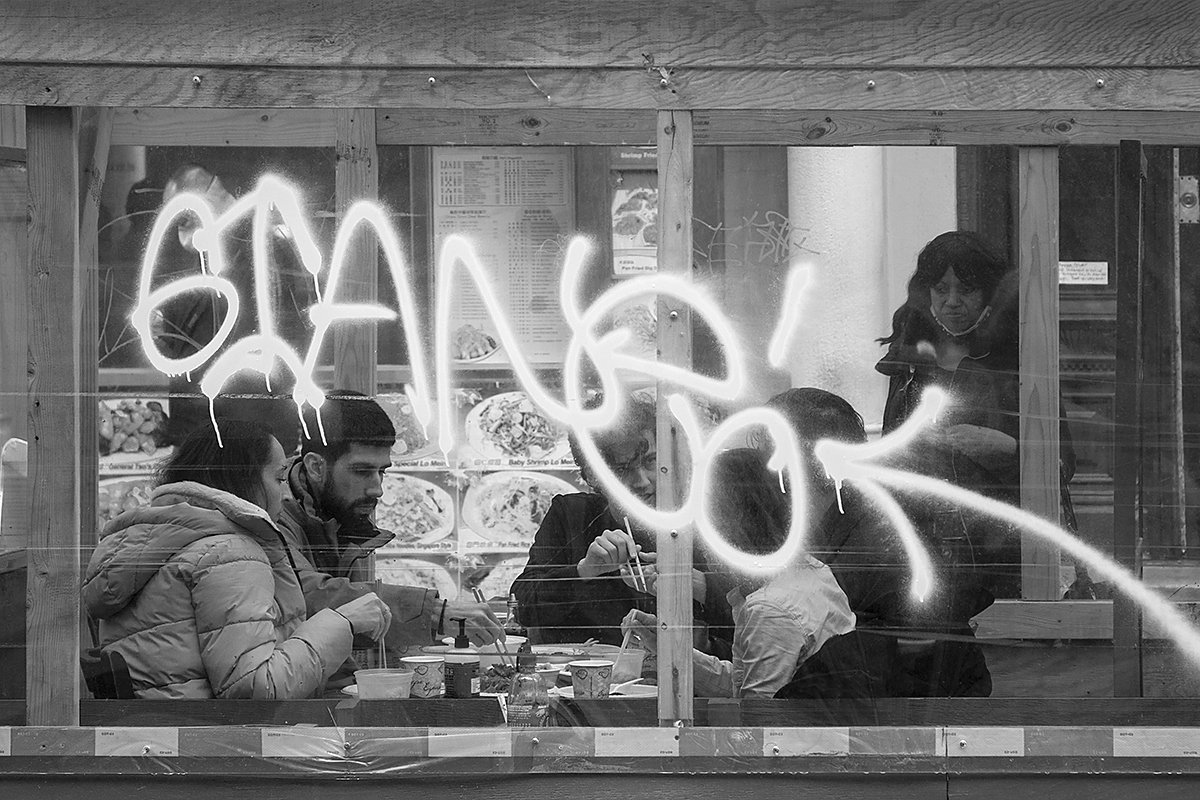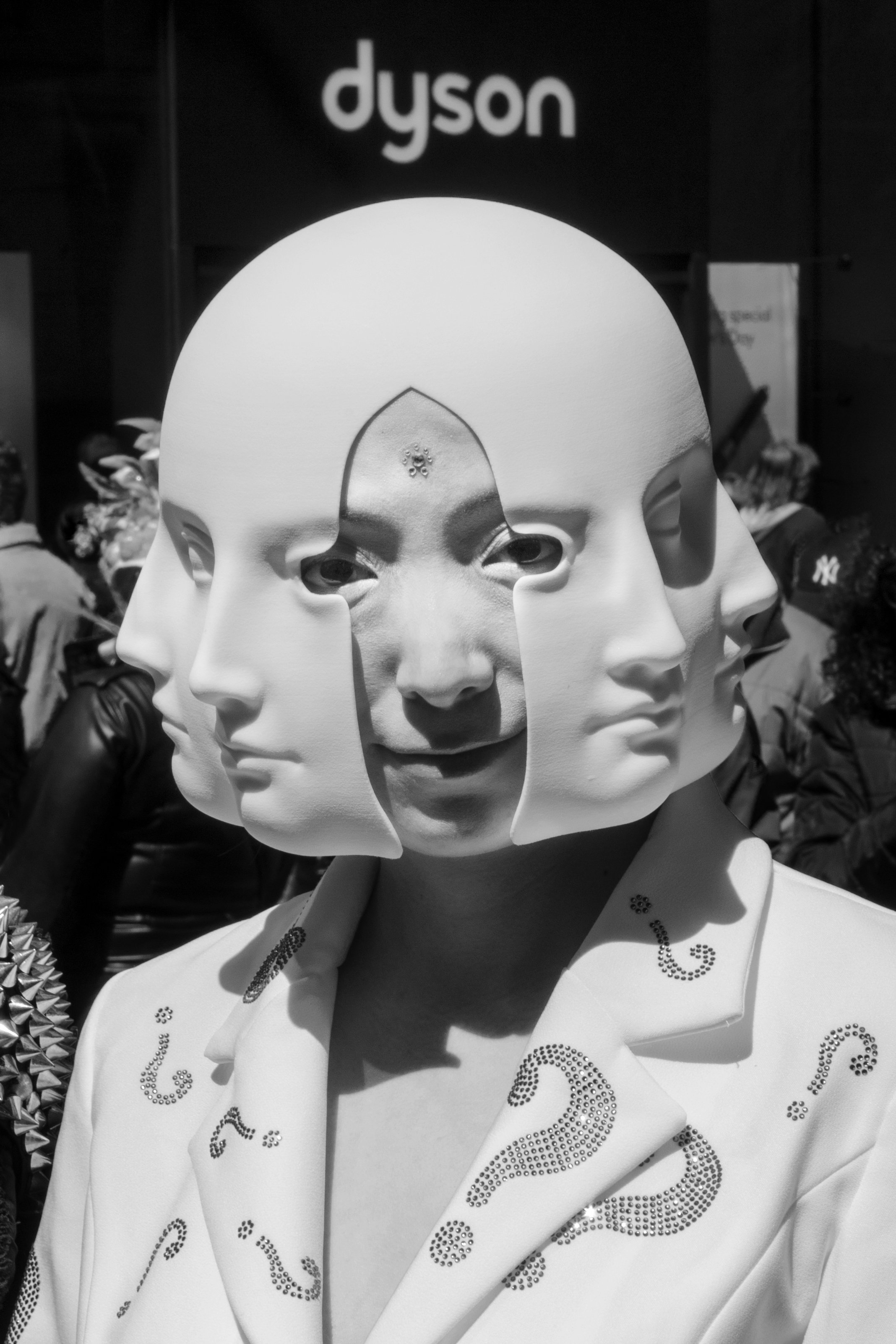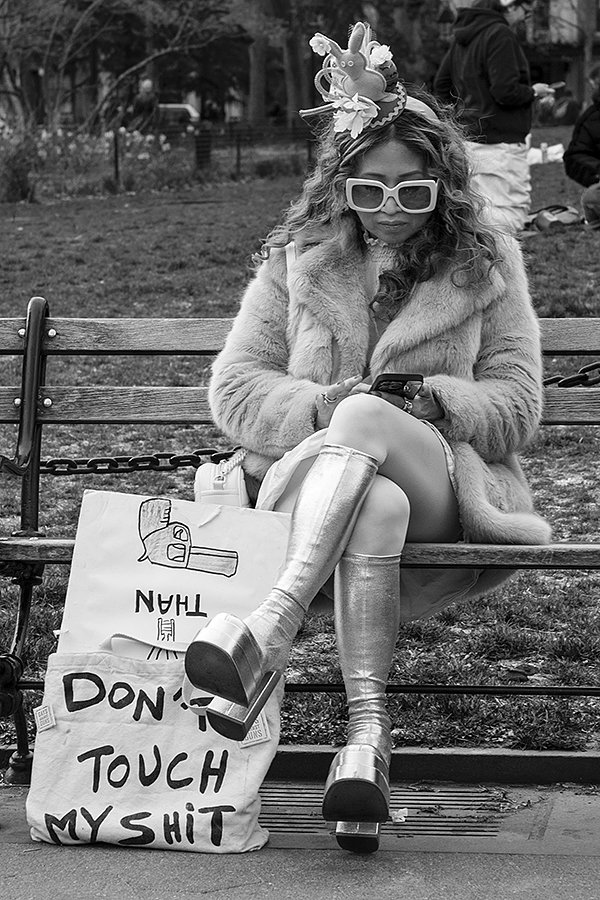
Contemplation du temps qui passe, 1983

Repos, 2011

The Cyclist, 2024

A World on the Edge, 1984

Pizza For Two, 2023

Arrêt Stop, 1983

Al museo en familia, 2019

Plafonnier, 1984

Compétition de cerfs-volants, 1983

Sens unique, 1980

Réflexe maternel, 1983

This Moral Wrong, 2019

Auto et portrait, 1983

Da Giovanni, 1984

Día de lavandería, 2019

Érection française, 1984

Newsstand, Fifth Avenue, New York, 1983

Sur les Champs-Élysées, 1984

Mickey Mouse, 1983

Eating in Chinatown, 2022

Forever 21, 2023

Coney Island no.4, 2022

Coney Island no.1, 2022

Street Performance, 2021

Despair, 2021

Garbage And A Man, 2024

Humiliated Army Vet, 2021

TD, 2021

Relaxing, 2024

Resting, 2021

Park Avenue at 22th Street, 2021

Dyson, 2023

Ghost, 2023

Cygnes d’amour, 1984

Escaliers rue Saint-Denis, 1992

Sillas, 2019

Prises éprises, 2000

Puerto Vallarta, 1996

Don't touch my shit, 2023

Good Luck Spot, 2024

L’allée des cygnes, 1984

Washington Square, 2024

Man in White, 2024

Chelsea Guitars, 2021

Minnie's call, 2023

Hebrew Artist, 2023

LinkNYC, 2023

All the Way, 1983
Video de l’exposition Prises de rue | Robert Laliberté Beaux-arts des Amériques
« Ce n’est pas ce que tu regardes qui compte, mais ce que tu vois. » Henry David Thoreau
La photographie de rue a toujours été pour moi une démarche gratifiante et pleine de surprises qui me laisse d’infinies possibilités en matière de créativité. Elle allie le plaisir de la découverte intime de mon environnement à la source de satisfaction souvent liée aux rencontres humaines. C’est une sorte de synthèse entre la représentation de la réalité et la capacité à la transcender. Je photographie intuitivement, cherchant à capter des situations étonnantes, à révéler l’étrangeté d’un agencement, à repérer l’inédit ou à traquer la beauté. Je ne mets en scène que dans la mesure où je suis conscient de la façon dont les gens se mettent souvent, à leur insu, en situation tragi-comique. J’atteins à une plus grande authenticité si le sujet n’a pas conscience du processus photographique, parce qu’ainsi son attitude n’est pas altérée par la présence de ma caméra. Principalement axé vers l’humain, je laisse place aussi aux infrastructures, à l’architecture et aux lignes, jouant avec les contrastes et la lumière. Plus concerné par l’esthétique de la photographie que par sa mécanique, je cherche plutôt avec ces images à susciter une émotion qu’à définir la nature de la société.
“It's not what you look at that matters, it's what you see.” Henry David Thoreau
Street photography has always been enormously gratifying and full of surprising encounters that provide infinite possibilities for creative expression. It combines the pleasure of discovery within my own milieu with the satisfaction that often accompanies human interaction. It is somewhat of a synthesis between the representation of reality and the ability to transcend it. I shoot intuitively hoping to capture amazing situations, to reveal the peculiarity of the scene, to highlight the unfamiliar, or to seek out what is beautiful. I set a scene only when I can predict the way that people can get into a tragi-comic situation without their realizing it. I am able to attain a more authentic shot if the subject is unaware of being photographed, because his demeanor is not affected by the presence of the camera. I am principally focused on the human being, but I also consider the composition, the framework and the outlines that interact together, playing with contrasts and light. I am more concerned with the aesthetics of photography than with its technique because I am hoping to elicit an emotional reaction to society rather than a definition of it.
